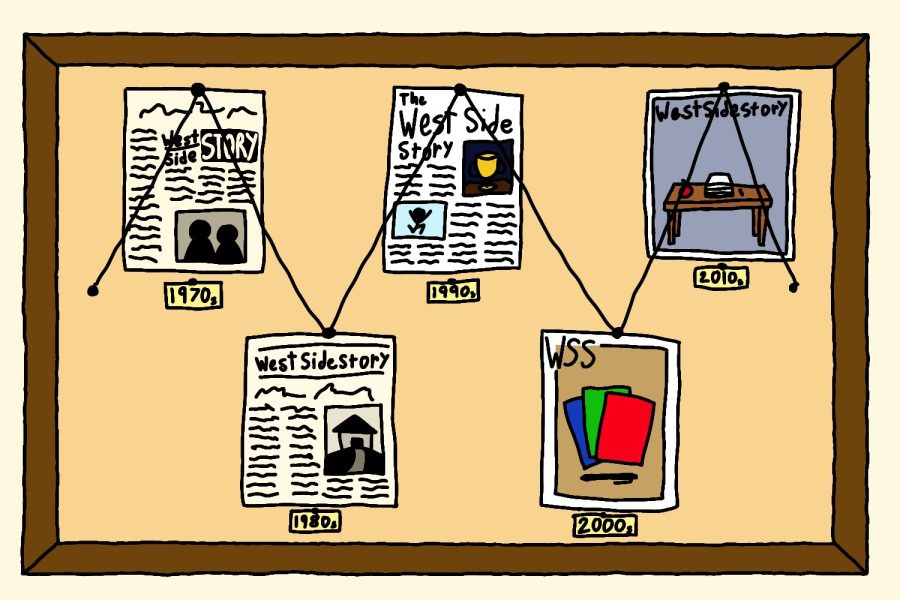The history of the ‘West Side Story’
A look into how the style of the paper has changed over the years based on which supervisors are managing it and which former staffers of the paper have become famous.
The West Side Story has changed a lot and the current WSS web staff has attempted to go through all of it.
People have wondered about the history of the things that they’ve loved for a long time. This is why the West Side Story staff has decided to inform everyone about the paper publication of the West Side Story. There are also a lot of other fun features that are included in this article like a timeline of the advisors, a fun little look into some people from the WSS that became pretty successful.
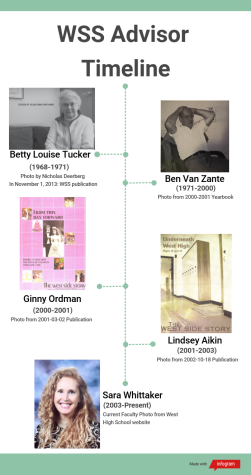 Betty Lou Tucker
Betty Lou Tucker
At the beginning of the West Side Story, when it was advised by Betty Louise Tucker, it didn’t focus on any deep issues. It was like one of the basic school newspapers in the movies. It was pretty messy and while reading it it was hard to tell where the articles started and stopped. It covered mostly only stuff around that school that would matter to students but occasionally it would focus on something in the community that affected school life or the lifestyle of the students at the school. In the November 1, 2013 issue of the West Side Story, Betty Tucker described that the publication was basically like a big gossip column for West High. Honestly, her definition was pretty accurate since the newspaper mostly focused on things like love, non-academic clubs and odd fundraisers.
Ben Van Zante
When Ben Van Zante took over the publication he gradually started to veer the publication away from the gossip column side of things and it got more intense over the 30 years that he was advising the WSS. He started to give the newspaper a cover photo and put some graphics in the newspaper. He organized the stories to make them easier to differentiate between. He also added in things that would help the readers that they just have to look at, that they barely have to read like a calendar, a table of contents, a page of ads and he made the credits to the staffers and himself larger and easier to find. When he was advising the WSS, there were a lot more graphics and photos in it but surprisingly not as many as other advisors had in it when they were running the newspaper. Towards the end of his advising, the topics in the articles got very serious and they were also more national problems than just school or community issues.
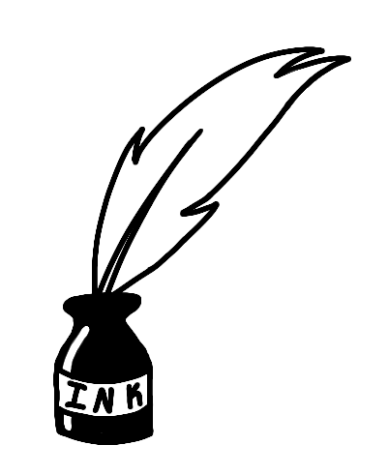
Ginny Ordman and Lindsey Aikin
Ginny Ordman and Lindsey Aikin didn’t advise the West Side Story very long but for the time that they did they at least made some changes. The interesting thing about this situation is that for the short time that they advised it their effect on the publication was almost completely opposite. When Ginny advised the newspaper the format of the table of contents and calendar changed to be a bit more sleek and compact. Oddly enough the rest of the publication wasn’t very sleek and it was reverted back to the gossip column and it had more photos and drawings/cartoons than when Ben was running the paper. Then when Lindsey took it over it became a lot more professional again. Although along with the professionality, when Lindsey was advising the paper the formatting got a little strange. There were a lot more sidebars than there should have been, about 2 per page. Lindsey also got rid of the calendar that had been in all of the previous newspapers. Along with that, it was extremely easy to tell that the publication was from the early 2000s by just looking at the cover photo and the topics went back to being more serious.
Sara Whittaker
Now we get to the current advisor of the West Side Story, Sara Whittaker. There is a nice balance in serious and fun sections in the publication now that she is advising it. Some changes that have to be
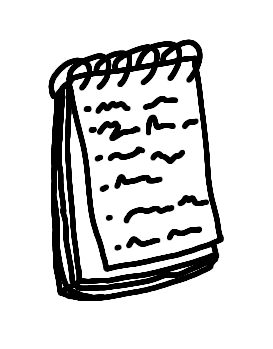
en made that are a bit bigger are that the publication is less of a newspaper now and more of a magazine and the WSS is being archived on issuu.com. Also, the featured images are eye-catching, colorful and related to the main story in that publication that came out. Sara started the tradition of the Missed Connection section of the West Side Story. Missed Connection is a tradition where students submit their anonymous love confessions to people that they’ve seen in the halls and haven’t been able to confess to thus the name Missed Connection. 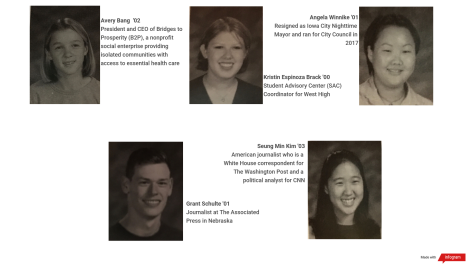
Honestly, the West Side Story isn’t really all that influenced by who is advising it, at least not now, but it’s pretty fun to see how it has changed over the years. Especially since it’s changed so much and it’s pretty old. Even better, it’s old but extremely well preserved both through hard copy and digitally.
For the older articles go to WSS archives.
Your donation will support the student journalists of West High School. Your contribution will allow us to purchase Scholarship Yearbooks, newsroom equipment and cover our annual website hosting costs.

(she/her) Cassandra Michaels is a senior at West. This is her second year on the staff for the online publication as an artist. When she isn't busy she...


